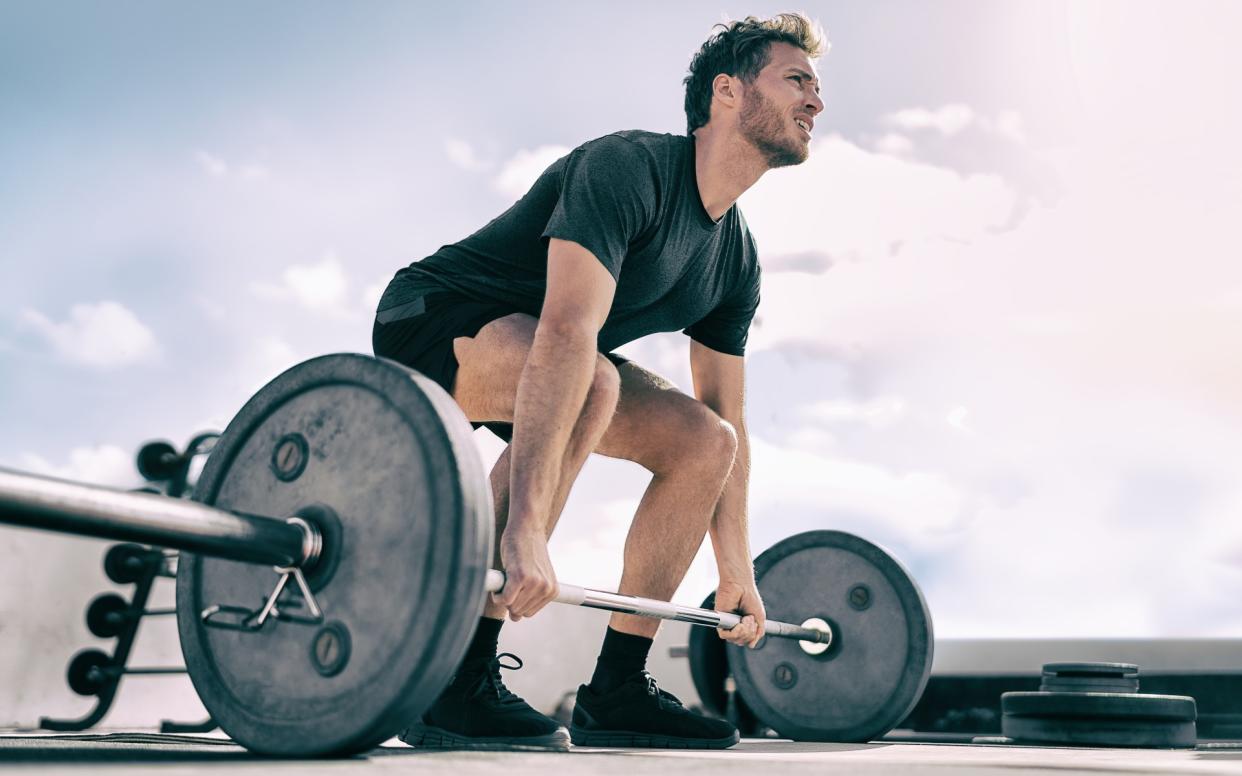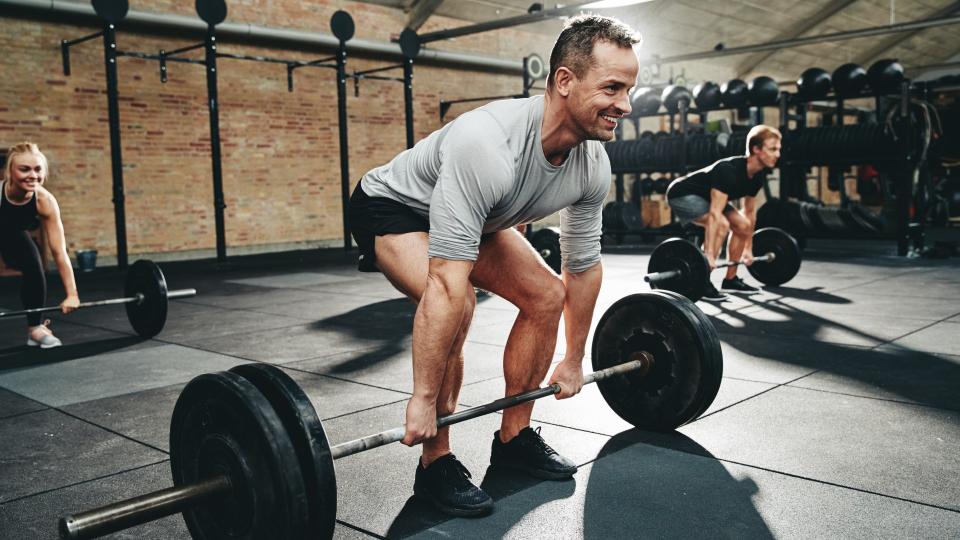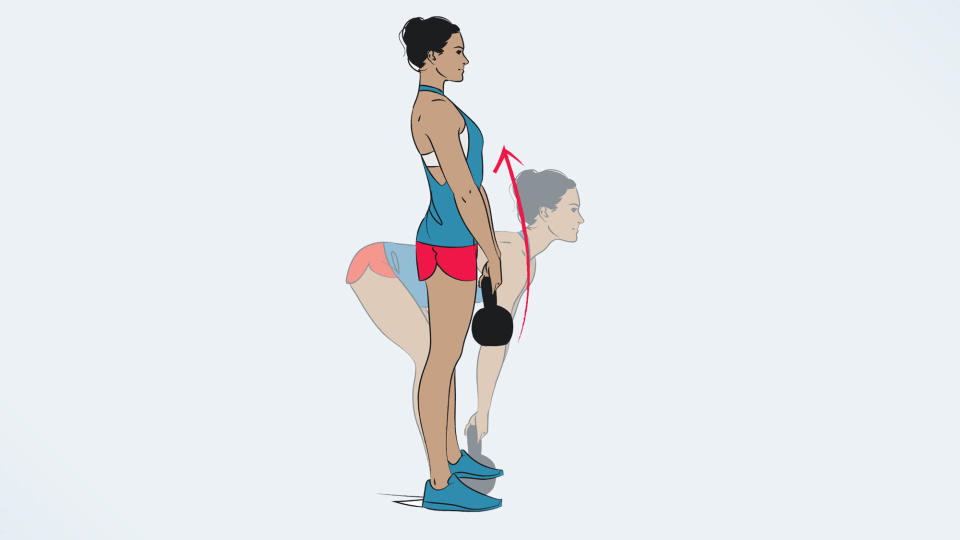I'm a personal trainer — and this is the best compound exercise for building strength and muscle

As a trainer, you want your clients to get more bang for their buck during exercise. So, while isolation exercises like bicep curls have their purpose, compound exercises that recruit multiple muscle groups and joints in one move are my go-to for creating the most effective workouts.
And what better way to strengthen and build muscle than with the deadlift?
Compound moves form the main focus of functional training, a workout style that helps people develop better movement patterns using typical day-to-day motions like pushing, pulling and climbing.
You can do deadlifts using a barbell, the best adjustable dumbbells or resistance bands. If you’re unsure whether the deadlift is for you, here’s why I swear by them and how to add them to your strength program.
Benefits of deadlifts
The deadlift is a compound exercise that targets multiple muscle groups, including the quads, hamstrings, glutes, hip flexors and core. The exercise predominantly targets your posterior chain, which means the muscles that run down the back of your body, like your lower back, and improves hip health and grip.
That said, it’s easy to get wrong, especially without proper core engagement and set-up. As the name suggests, the deadlift means lifting a dead weight from the floor. The heavier you lift, the higher the chance of back injury if your technique is off.
Alongside compound contraction — activating as many muscles as you can during the lift — your core is a key driver, so you shouldn’t be lifting solely with your arms or back. Get it right, and this exercise is a one-stop shop for efficiency in building muscle and strengthening your muscles.

If you haven’t already made the connection, the deadlift mimics picking something up from the floor. The barbell deadlift is more geared toward strength training and improves functional maximal strength and power, as you can pack as much weight as you need.
Dumbbell deadlifts are perfect for beginners learning the move or those wanting to develop better coordination and muscle balance using free weights.
Olympic-sized barbells start at 15kg, so if you haven’t tried them before, then dumbbells might be better. Resistance band deadlifts are a popular low-impact alternative if you’re without weights during home workouts.
How to deadlift

For all things related to deadlift techniques, we cover them extensively in our how to deadlift guide, along with common mistakes and variations to try. That includes which weights to choose and different ways to approach it.
But before you get started, imagine bending down to pick up a large box. We’ve always been told in workplace safety videos to bend the knees and lift with the core — that also applies here.
It’s crucial to engage your lats and maintain a flat back. Always start with your chest raised, shoulders set down and bum low. Imagine bracing your entire body for impact, gripping the bar on either side of your legs.
Your lift should be fast and powerful, extending your hips fully at the top and squeezing your glutes. Control the lowering phase and never lift on your inhale. Common mistakes include overextending the hips at the top, throwing the barbell around or lifting with your shoulders below your hips.
15-minute deadlift workout to try
If you’re unsure how to incorporate deadlifts into your exercise program, try this 15-minute ‘hard-working hamstrings’ workout. The short hamstring torcher by Caroline Girvan uses the Romanian deadlift (RDL) rather than the conventional deadlift, which means maintaining a soft bend in your knees (also known as a stiff-leg deadlift).
This variation helps develop hamstring flexibility and strength and is accessible using dumbbells at home. If you’re already familiar with the exercise, add conventional deadlifts in. RDLs also differ because you’ll start standing, then control the descent without a hard stop on the floor or putting the weight down.
According to the National Strength and Conditioning Association (NSCA), ‘there are few exercises that will activate trunk muscles like the deadlift because it requires the entire body to be engaged.’ During the exercise, your upper and lower body must move to keep the bar stable, ‘engaging a large number of motor units and muscle fibers simultaneously.’ You can read up on hypertrophy vs strength training here.
During this hamstring workout, squeeze as many muscles as possible, moving with control and lifting the weight on your exhale. Fancy challenging your balance? Our fitness writer did single-leg deadlifts for a week — here’s what happened. We strongly recommend following the video closely to keep your form in check.

